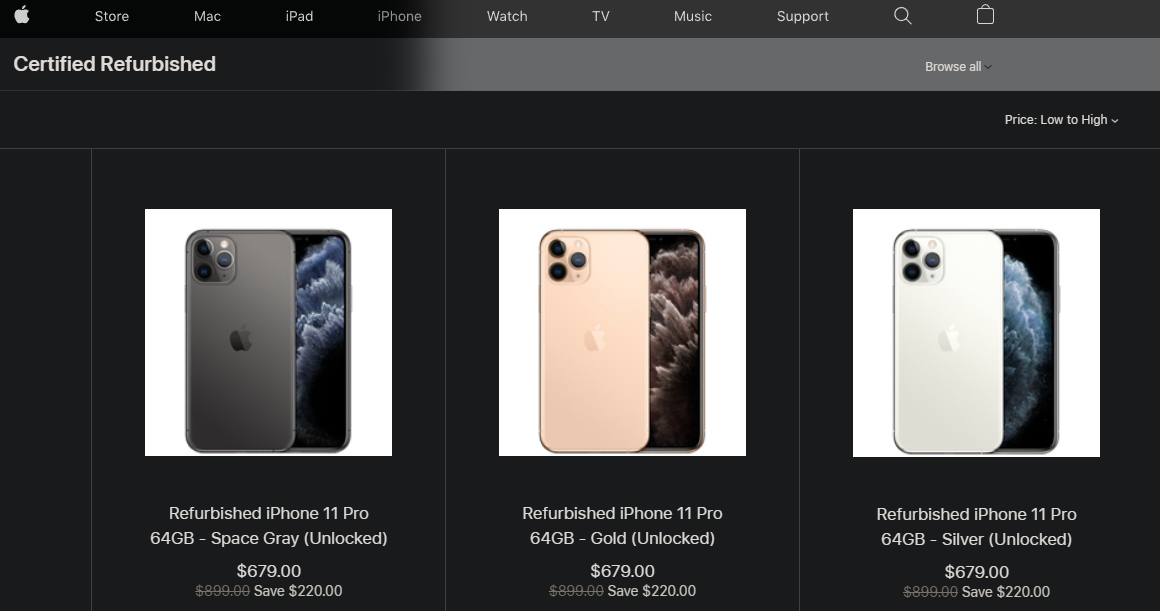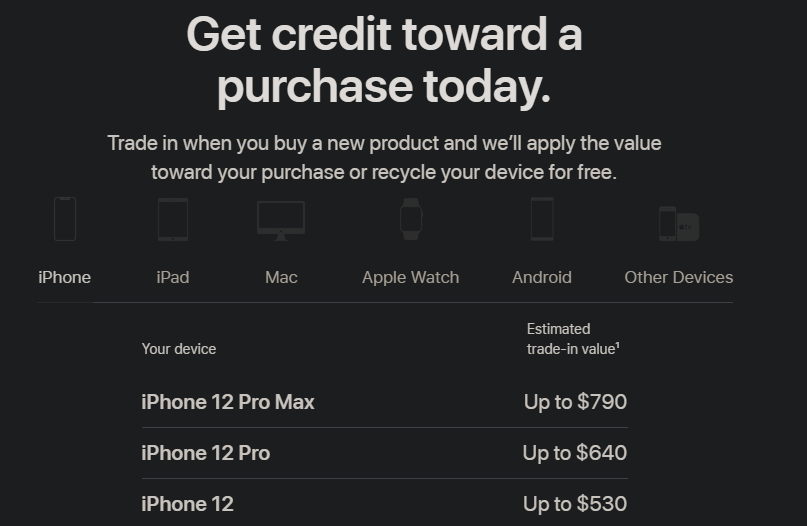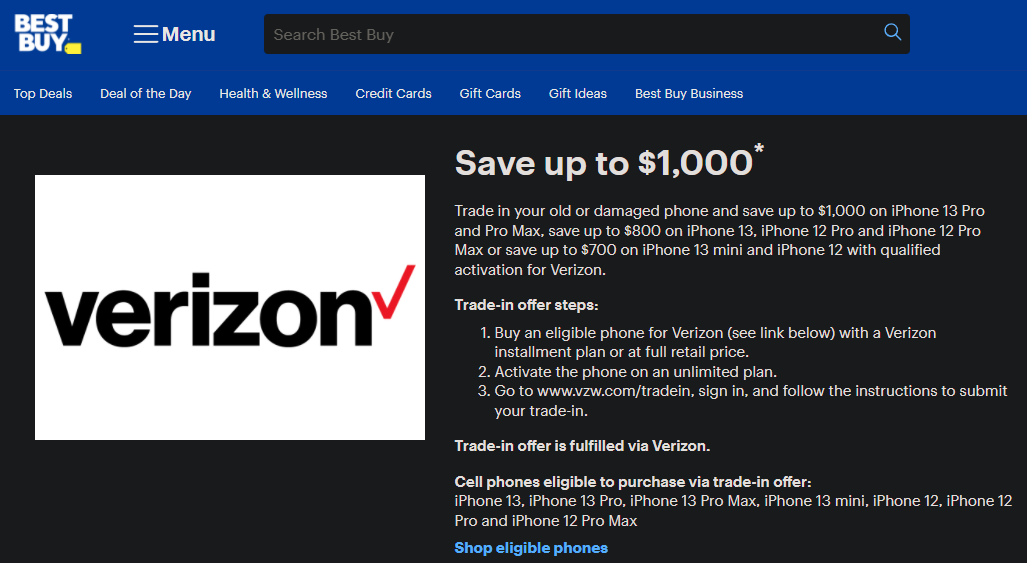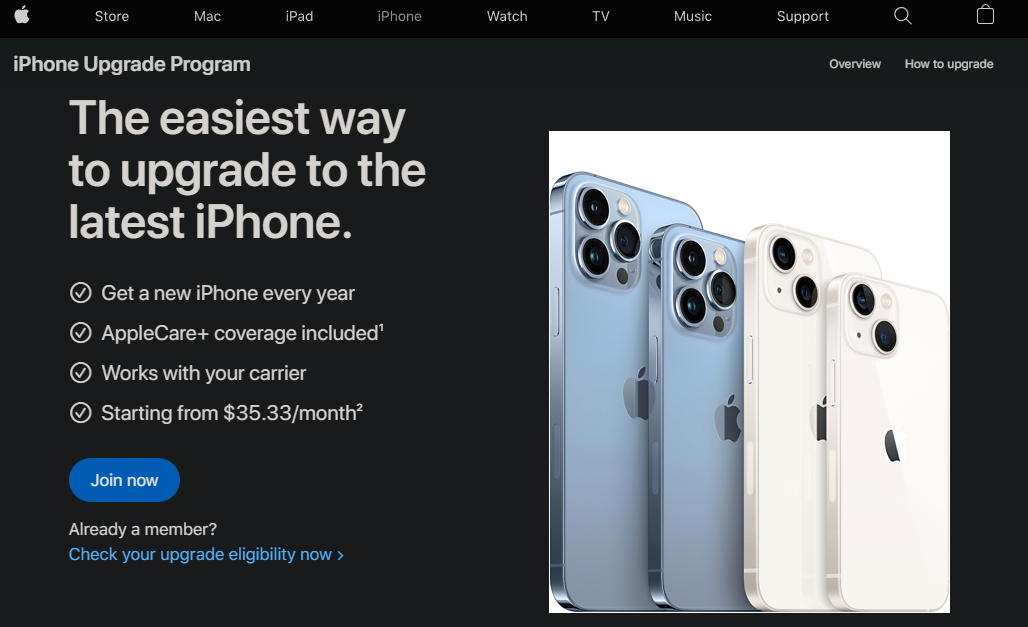It's no secret that buying an iPhone costs a lot of money. While they hold their value for a long time and are a better investment than other similar devices, that initial cost can still be tough to swallow.
With a bit of know-how and patience, you can save money when you buy your next iPhone. Here are tips and methods to keep in mind.
1. Don't Buy the Latest and Best Model
If you plan on buying brand-new, It's tempting to buy the newest iPhone. Having the latest device is exciting, and you don't want to buy a phone that becomes outdated quickly. But you can save money by purchasing an older model that's still current.
At the time of writing, the latest line of devices starts at $699 (iPhone 13 mini). However, Apple also sells the iPhone 12, iPhone 11, and iPhone SE on its website. The iPhone 11 came out in 2019, but it's still a perfectly usable phone and starts at $499.
iOS 15 (launched in 2021) is compatible with devices as far back as the iPhone 6s, which released in 2015. We can thus assume that the iPhone 11 will receive iOS updates for some time. This means you can get an iPhone that will last for years without paying the premium for the latest devices.
It's also important to avoid buying an iPhone that exceeds your needs. If you rarely take photos with your phone, you probably don't need a Pro model. And while you should purchase a device with enough storage so you don't have to constantly juggle apps and photos, don't pay for way more storage than you need.
2. Buy Refurbished or Used
If getting a brand-new iPhone is out of your budget, then buying one that's refurbished or used is a great idea.
As long as you buy from a trustworthy company, a refurbished device should be nearly good as new. Apple offers a small selection of refurbished devices, and you'll find other places to buy a refurbished iPhone as well, including Best Buy, Amazon, and third-party resellers.

Used devices are more hit-or-miss. While you can buy a used iPhone from services like eBay or Facebook Marketplace, you don't want to buy a damaged device from someone who didn't take care of it. Consider asking your friends if anyone has an iPhone they're looking to sell; buying from someone you trust is a much better option.
If you do buy from somewhere like eBay, follow our checklist on what to look for when buying a used iPhone online.
3. Trade In or Sell Your Current Device
Apple devices holding their value is beneficial for you, too. Assuming you already have an iPhone and don't need it once you get your new one, you can sell it to make back some of the cost.
The easiest option is to trade your phone directly into Apple using the Apple Trade In page. Here, you'll see the maximum value that Apple offers for each iPhone mode. It also accepts some Android phones, as well as other Apple devices like an iPad or Apple Watch.

If you have older devices that you don't use anymore, trading in is an easy way to reduce the cost of your new iPhone. When purchasing, select the option to trade in a device and it will walk you through the steps. Usually, this involves sending back a prepaid mailing envelope with your device inside.
In case Apple doesn't offer trade-in value for your device, or you don't think the price is fair, you can sell your device elsewhere. Consider asking your friends if anyone is looking to buy a new phone so you can sell to someone you know. Failing that, services like Mac Me an Offer or other sites for selling your old phone give you plenty of options.
Some give you a price and let you sell directly to the site. Others let you list your phone for other users to buy at a price you agree on. Which approach you prefer depends on how much you want to get out of your device.
If you choose to list your phone online, be aware of common eBay selling scams. Many of these principles apply to other sites, too.
4. Check for Carrier or Store Deals
We recommend buying your phone from Apple in many cases, but that's not always the best option. Apple almost never has promotions or deals on an iPhone, so to save money, you should consider your other options too.
Take a look at your mobile carrier's website to see if it has any deals that help you get a new iPhone for less. Some offer a free device when you trade in an older phone, or a huge discount on a second device when you purchase the first. If you don't want to buy a phone from your carrier, stores like Best Buy sometimes offer promotions to help you save on a new iPhone.

Shop around and consider all your options before you decide the best place to purchase your iPhone. A little bit of research could result in some savings.
5. Wait for the Right Time to Buy
If you don't need a new phone right away, waiting a bit could help you get a better price on your iPhone. Since Apple releases a new iPhone around the same time every year, it's easy to determine when the old models will drop in value.
It's best to buy an iPhone after the yearly release in September, and as close to it as possible. For example, when Apple launched the iPhone 13, it started at the same price as the iPhone 12 was. This means that for the same price, you get a brand-new device instead of one that's a year old. And since the iPhone 12 dropped in price when the iPhone 13 launched, you pay less if you decide on an older device, too.
Avoid buying an iPhone around June to August, if you can. By waiting a few months, you'll get a better deal for the money you spend. See our guide to the best times to buy Apple devices for more info.
6. Consider a Payment Plan
A lot of these tips revolve around buying your iPhone outright. But if this isn't an option for you, consider a payment plan. These vary across carriers, and you might not save a ton of money overall, but they can make getting that new iPhone affordable in the short-term.
In particular, take a look at Apple's iPhone Upgrade Program. With it, you pay a set monthly cost for your iPhone and AppleCare+ coverage. After you've made 12 payments, you can trade in your current iPhone and get a new one, or pay another 12 months and keep your current device.

If you always want a new iPhone every year, this plan can work out well. For example, the 128GB iPhone 13 starts at $39.50 per month. After 12 months on this plan, you'll have paid $474, which is much less than the $799 cost of the iPhone 12.
However, it's not perfect. By upgrading every year, you never fully own your device, meaning you won't make any money back from selling or trading it in. You'll also be stuck making payments forever. But if it works better for you than buying a device upfront and you'd buy AppleCare+ anyway, it's worth considering.
Save on Your Next iPhone
Due to the value the iPhone holds, you're likely not going to find a blowout deal on one. But that doesn't mean you have to pay full price. By following one or more of these tips, you can save on your next iPhone while still getting a great device.
Once you get your new iPhone, you should know how to keep it running at its best.